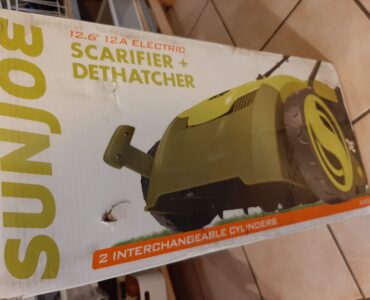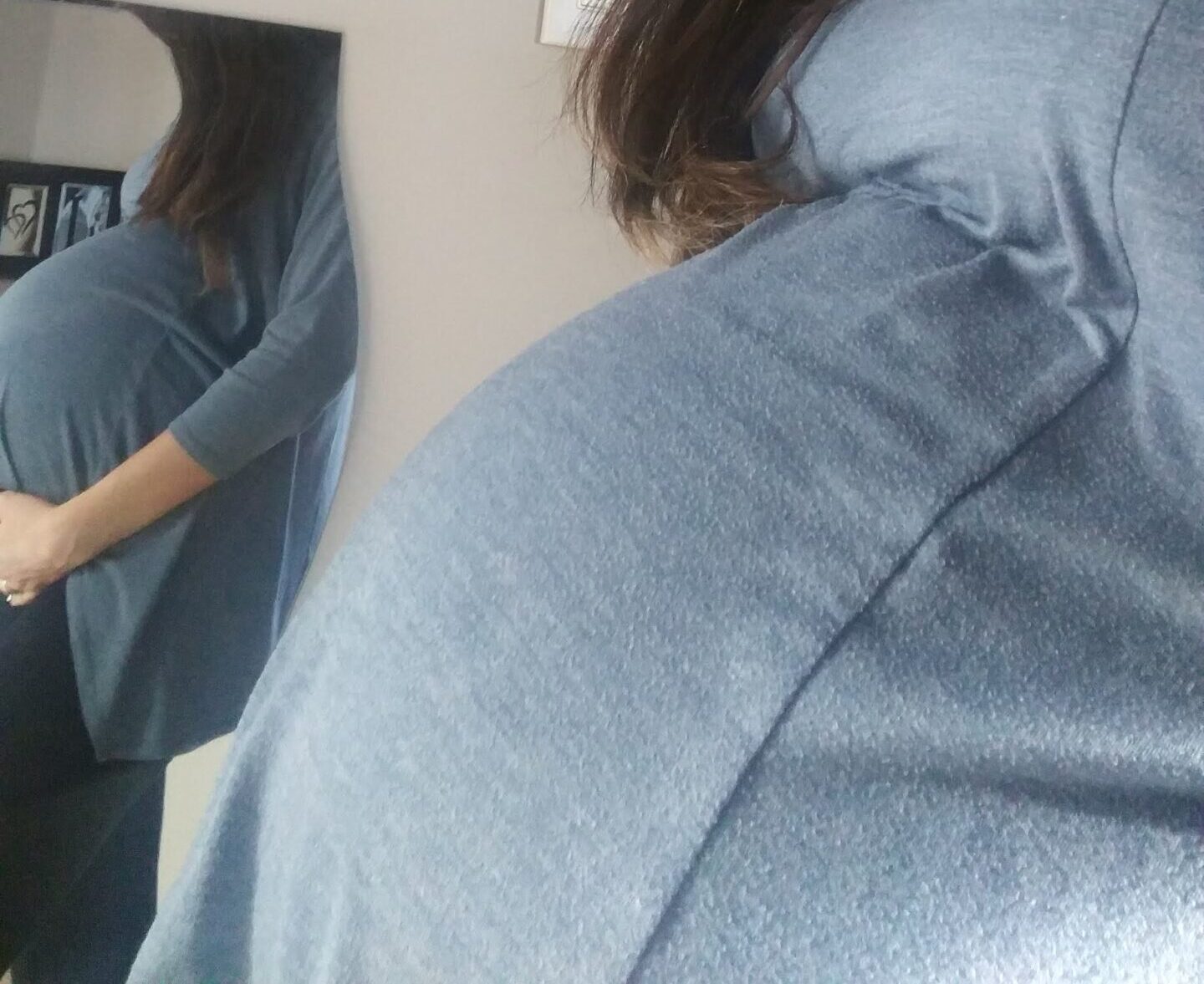The Registered Education Savings Plan or RESP, is a great channel for Canadian parents to start saving on their children’s education from a very early age. Think about a savings account but with some additional restrictions and benefits where the child is the beneficiary of the account. I won’t go much into detail about what it is and how it works, but for information, visit the Canadian RESP website.
The benefits
- The government provides a grant, or basically, free money up to a certain amount. More or less, every time you deposit into the RESP, you’ll have some extra money from a grant program.
- You have the option to invest and buy stocks, ETFs, GICs, bonds, etc.
- Easy to do via online banking.
- Peace of mind knowing that your child’s education will be covered no matter what.
Some cons
- If you are not used to investing, this could be a little bit complicated. Trust me, it gets easier after a few months. The Registered Education Savings Plan works like any other registered account at the time of choosing your investments.
- When choosing stocks, your investments will be exposed to the ups and downs of the market. Remember to check with a professional financial advisor before making any big or important money decisions 🙂
Current Investment Strategy
Every parent in Canada receives a monthly payment or benefits from the government for every child in the household. More info about the Canada Child Benefit here.
My current strategy for my son’s Registered Education Savings Plan is as follows: I decided to invest most of the monthly Child Benefit deposit into my son’s RESP. I say most of it because I am rounding down the amount to make it easier and keep track of those contributions for the long term. I pretend that money (Child Benefit) does not exist as an income or support. If you think about it, the government is giving me free money to invest in my child’s education, plus, is providing me with an additional grant for the contribution I make to the RESP. Free money + free money!
My son was born on March 2019 and I started contributing to his RESP on October 2019 as follows (Canadian Dollars):
*The first deposit was the biggest one, $1,500 because I was keeping the Child Benefit on regular savings account until I had the time to open the RESP and create a long-term plan.
| 2019-10-04 | 1,500.00 |
| 2019-10-23 | 269.21 |
| 2019-12-03 | 250.00 |
| 2019-12-18 | 250.00 |
| 2020-01-22 | 250.00 |
| 2020-02-25 | 250.00 |
| 2020-03-27 | 250.00 |
| 2020-04-22 | 250.00 |
| 2020-05-27 | 250.00 |
| 2020-06-24 | 250.00 |
| 2020-07-23 | 290.00 |
| 2020-08-25 | 290.00 |
| 2020-09-23 | 290.00 |
| 2020-10-23 | 290.00 |
| 2020-11-18 | 290.00 |
| 2020-12-16 | 290.00 |
| 2021-01-22 | 290.00 |
| 2021-02-24 | 290.00 |
Total deposits from October 2019 until February 2021 = $6,089.21
Grants
As mentioned earlier, the government provides additional money to every deposit you make. The grants are as follows:
| 2019-11-29 | 50.00 |
| 2021-02-26 | 29.00 |
| 2019-11-29 | 53.84 |
| 2019-11-29 | 300.00 |
| 2020-02-28 | 50.00 |
| 2020-02-28 | 100.00 |
| 2020-03-31 | 50.00 |
| 2020-04-30 | 50.00 |
| 2020-05-29 | 50.00 |
| 2020-06-30 | 50.00 |
| 2020-07-31 | 50.00 |
| 2020-08-31 | 58.00 |
| 2020-09-30 | 58.00 |
| 2020-10-30 | 58.00 |
| 2020-11-30 | 58.00 |
| 2020-12-31 | 14.16 |
| 2021-02-26 | 58.00 |
Total Grants for the same period of time: $1,137
Questrade
I am a very big fan of Questrade. I also hold my retirement accounts there. Take a look at my Top Retirement ETFs post!
Questrade made things easy for me. I completed absolutely everything online, including grant forms, ID submissions, signatures and they took care of the rest.
Automate Deposits/Contributions
The Canada Child Benefit is deposited into my RBC chequing account around the 20th of every month. I strongly recommend setting up the RESP account as a payee in your day-to-day banking account and create an automatic bill payment to that account a day after you receive the Child benefit. In my case, it is set up on the 21st of every month.
Holdings
I decided to keep this account very simple and only purchase the Vanguard S&P 500 Index ETF (VFV.TO). Whatever the available cash balance is at the end of the month within the RESP, I purchase as many VFV.TO as I can. Timeline as follows:
| Settlement Date | Net Amount | Price | Quantity | Commission | Currency | Action |
| 2019-10-11 | -1,447.39 | 68.92 | 21.00 | -0.07 | CAD | Buy |
| 2019-10-28 | -279.81 | 69.95 | 4.00 | -0.01 | CAD | Buy |
| 2019-12-04 | -444.98 | 74.16 | 6.00 | -0.02 | CAD | Buy |
| 2020-01-06 | -449.48 | 74.91 | 6.00 | -0.02 | CAD | Buy |
| 2020-02-13 | -238.66 | 79.55 | 3.00 | -0.01 | CAD | Buy |
| 2020-03-06 | -435.92 | 72.65 | 6.00 | -0.02 | CAD | Buy |
| 2020-04-20 | -280.09 | 70.02 | 4.00 | -0.01 | CAD | Buy |
| 2020-04-29 | -285.85 | 71.46 | 4.00 | -0.01 | CAD | Buy |
| 2020-05-06 | -70.44 | 70.44 | 1.00 | 0.00 | CAD | Buy |
| 2020-06-03 | -222.91 | 74.30 | 3.00 | -0.01 | CAD | Buy |
| 2020-06-08 | -74.94 | 74.94 | 1.00 | 0.00 | CAD | Buy |
| 2020-06-30 | -224.86 | 74.95 | 3.00 | -0.01 | CAD | Buy |
| 2020-07-15 | -77.00 | 77.00 | 1.00 | 0.00 | CAD | Buy |
| 2020-07-29 | -306.37 | 76.59 | 4.00 | -0.01 | CAD | Buy |
| 2020-08-31 | -328.09 | 82.02 | 4.00 | -0.01 | CAD | Buy |
| 2020-09-04 | -82.52 | 82.52 | 1.00 | 0.00 | CAD | Buy |
| 2020-10-07 | -309.47 | 61.89 | 5.00 | -0.02 | CAD | Buy |
| 2020-11-18 | -66.00 | 66.00 | 1.00 | 0.00 | CAD | Buy |
| 2020-11-18 | -337.17 | 84.29 | 4.00 | -0.01 | CAD | Buy |
| 2020-11-27 | -252.73 | 84.24 | 3.00 | -0.01 | CAD | Buy |
| 2020-12-08 | -83.92 | 83.92 | 1.00 | 0.00 | CAD | Buy |
| 2020-12-22 | -134.83 | 67.41 | 2.00 | -0.01 | CAD | Buy |
| 2020-12-22 | -169.11 | 84.55 | 2.00 | -0.01 | CAD | Buy |
| 2021-02-03 | -256.06 | 85.35 | 3.00 | -0.01 | CAD | Buy |
| 2021-03-02 | -346.33 | 86.58 | 4.00 | -0.01 | CAD | Buy |
- As you can see, the commission normally varies from 1 to 2 pennies, which is great!
- You can also see the ETF price increasing every month.
- Just a relatively small decline during the March 2020 stock crash.
- On some dates, I bought a few Vanguard US Total Market Index ETF (VUN.TO) to increase the exposure to the US market.
Dividends
Paid quarterly on this particular ETF, as follows:
| 2020-01-08 | 8.52 | Dividends |
| 2020-03-18 | 12.25 | Dividends |
| 2020-07-08 | 20.80 | Dividends |
| 2020-10-07 | 19.59 | Dividends |
| 2021-01-08 | 1.53 | Dividends |
| 2021-01-08 | 21.02 | Dividends |
- Total = $83.71
- Steadily increasing!
- I reinvest the dividends and buy more ETFs every quarter after the dividend deposit is available.
Performance
As of February 27th 2021:
VFV.TO
- 89 shares
- Cost = $75.2206/share
- Market price = $86.21
- Return = 14.62%
VUN.TO
- 8 shares
- Cost = $63.7875
- Market price = $69.29
- Return = 8.63%
RESP Market Value = $8,227.01
Cash = $104.99
Total Equity = $8,332
$8,332 in less than 2 years!
How much do I expect to have by the time my son starts university?
My plan, now, is to keep contributing all the Child Benefit until my son turns 6. Then stop contributing and let the stock price grow the fund for another 12 years while I only re-invest dividends every quarter.
Using the Ontario Securities Commission compound interest calculator, the $8,332 with an additional $290 monthly deposits for 4 additional years with an 8% estimated return, will turn into $27,583 by 2025. But if I add $50 extra dollars every month from the grant ($340), it will then be $30,385!
Like I mentioned earlier, let’s say the $27,583 (the year 2025, being conservative in case the grant expires or whatever) won’t have additional contributions and will grow at an 8% rate. By 2037, when my son turns 18, the account will grow to have $69,458! More than enough for a bachelor’s degree!
I hope this example gives you some tips to start looking into your own RESP plan for your children. Make sure to adjust it to your own financial family situation. This example works for me but it may not work for you! Just think about the long-term positive impact of starting a Registered Education Savings Plan now and translate that to 18 years in the future. You can do it, I know you can!



